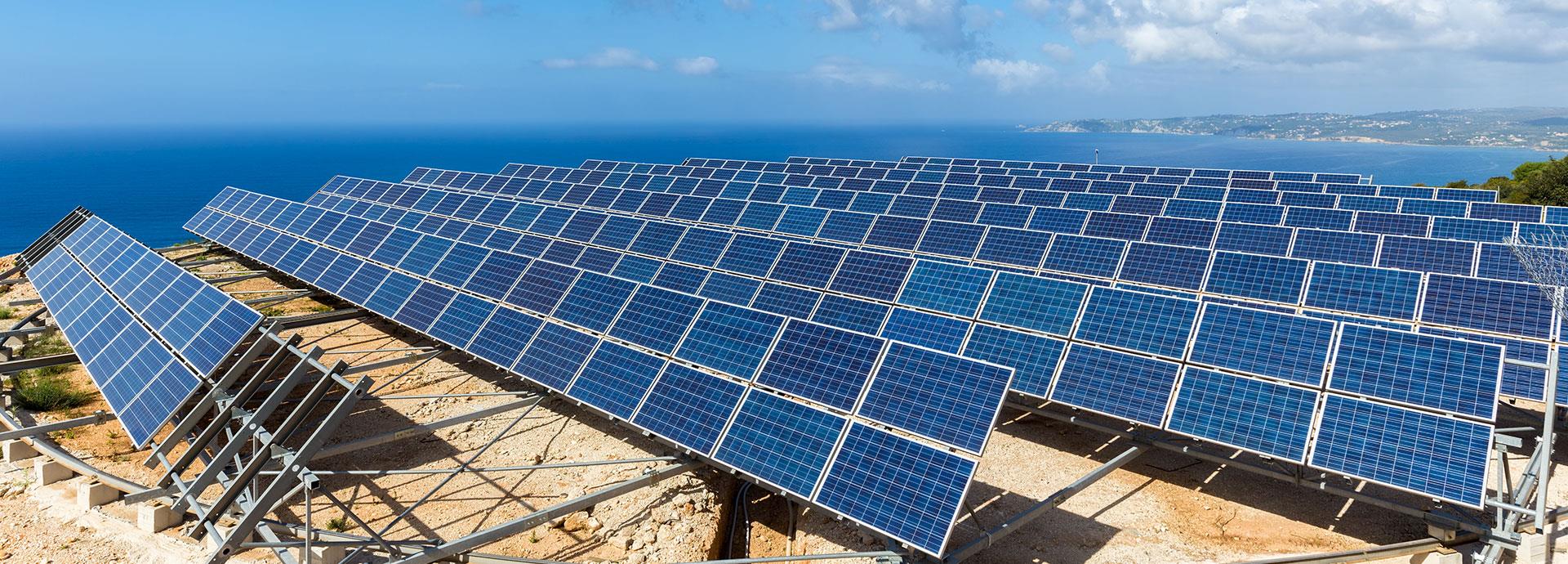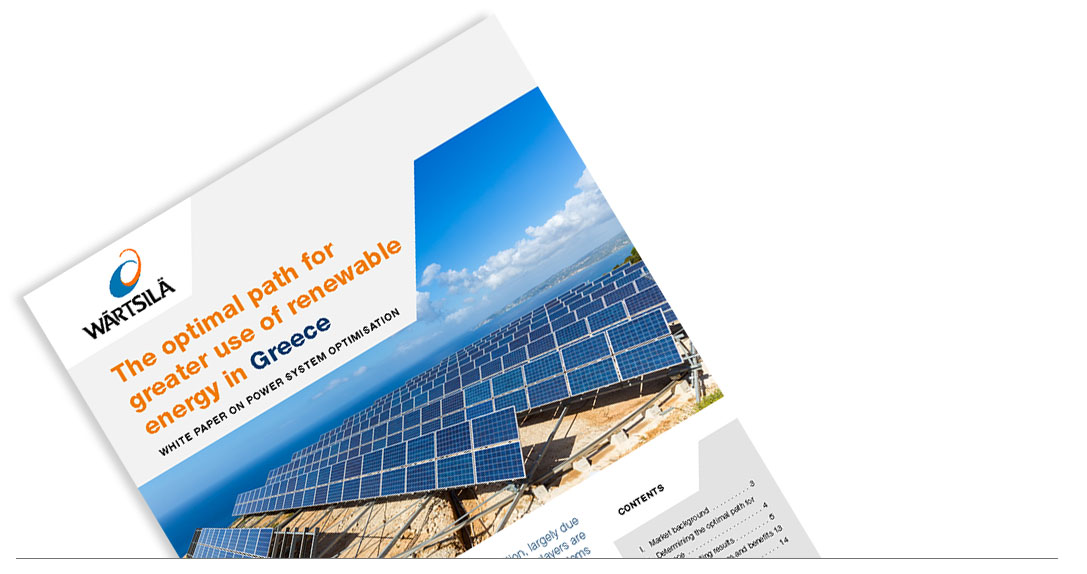

The optimal path for greater use of renewable energy in Greece
The global energy market landscape is in transition, largely due to the rapidly decreasing cost of renewables. Major players are moving towards more flexible and sustainable energy systems with a rapidly increasing share of renewable energy, declining inflexible thermal generation, and a wider application of flexible power generation and energy storage technologies.
All European Union member states are required to create a National Energy and Climate Plan (NECP) on how they intend to reach the following 2030 EU targets:
- 32% share of renewable energy in final energy consumption
- 26% reduction in primary energy consumption compared to 2005
- 40% reduction in greenhouse gas emissions compared to 1990
In the most recent version of Greece’s NECP, wind and solar capacity are set to more than double by 2030, with coal reduced to half of its current capacity, reducing CO2 emissions by 50%. However, it is worth noting that these figures may be revised upwards in the light of a recent statement from the Greek government announcing a complete shutdown of all coal-fired plants by 2028 instead of 2030 and an increase in the share of renewables from 31 to 35%.
Contents
- Market background
- Determining the optimal path for Greece
- The modelling results
- Recommendations and benefits
- Conclusion

